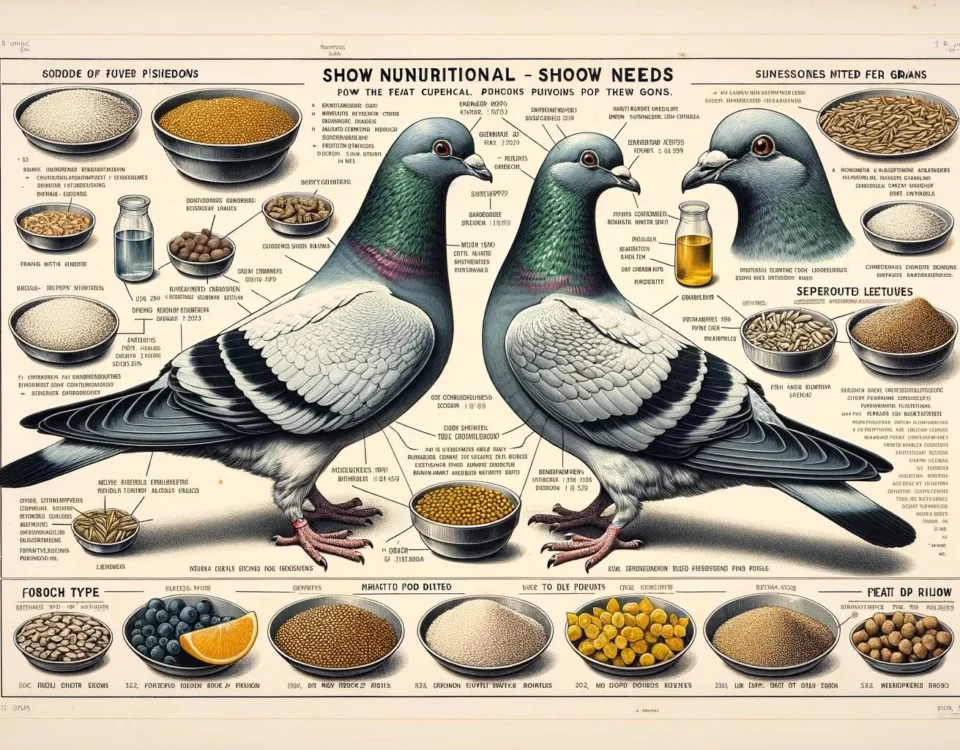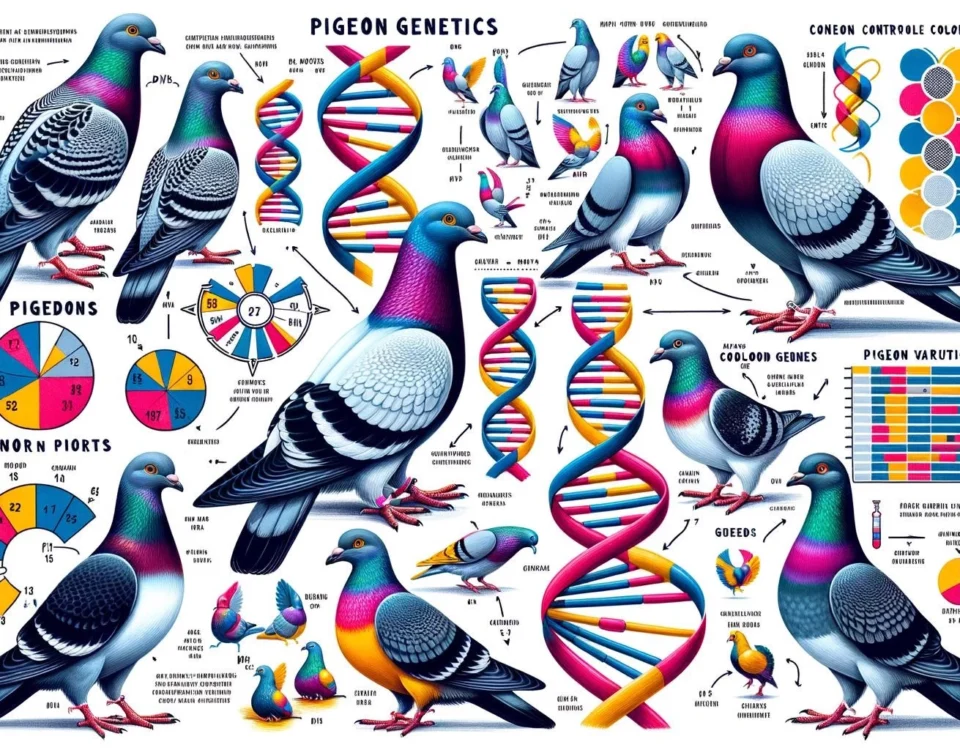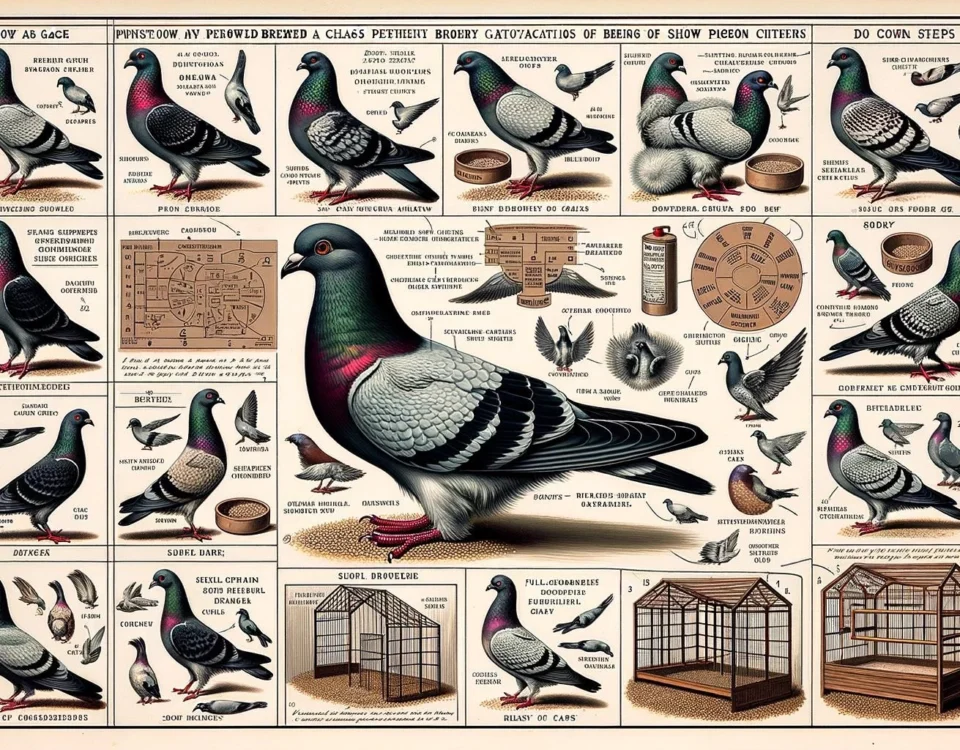Pigeons are a diverse group of birds, with more than 300 species found worldwide. Despite their ubiquity, pigeons are often overlooked and underappreciated. However, they play a crucial role in maintaining biodiversity and have unique characteristics that contribute to their ecological significance.
Key Takeaways
- Pigeons are a diverse group of birds, with over 300 species found worldwide.
- Pigeons are often overlooked and underappreciated, but they play a crucial role in maintaining biodiversity.
- Their ability to thrive in urban environments and their position in the ecosystem as primary consumers makes them important contributors to the food chain.
Pigeons and Their Environmental Benefits
Pigeons are adaptable birds that have successfully established themselves in urban environments around the world. While they may be considered pests by some, pigeons actually provide several environmental benefits.
Firstly, pigeons act as primary consumers in urban ecosystems. They consume large quantities of food waste and scavenged scraps, reducing the overall amount of waste produced in cities. By acting as natural garbage collectors, they help to keep urban areas cleaner and reduce the risk of disease transmission.
Additionally, pigeons serve as an important food source for many birds of prey, including hawks and falcons. Their abundance in urban areas provides a reliable food supply for these raptors, allowing them to thrive in an otherwise challenging environment.
Pigeons also contribute to the dispersal of seeds. As they move about, they can carry seeds on their feathers or in their digestive system, aiding in plant propagation. This helps to maintain and enhance the biodiversity of urban and natural habitats alike.
Pigeons and Biodiversity Conservation
Although often considered a common bird species, pigeons play a significant role in maintaining biodiversity. Their ability to adapt to various environments and ecological niches has allowed them to diversify into numerous species. This diversification is driven by genetic mutations that have led to unique traits and characteristics.
One notable example of pigeon diversity is the variation in their crests. The genomic secrets of pigeon crests have revealed the power of a single mutation to produce an explosion of biodiversity. This demonstrates the role of genetic variation in shaping the diversity of pigeon species.
Understanding the genetic and ecological factors that contribute to pigeon biodiversity is crucial for conservation efforts. By studying pigeon populations and their habitats, researchers can gain insights into the factors that influence their risk of extinction and inform strategies for their protection.
Conserving pigeon populations is important not only for their intrinsic value but also for the overall health of ecosystems. A decline in pigeon populations could have cascading effects on other species that rely on them for food or habitat resources.
The Importance of Pigeon Research and Awareness
Despite their ecological significance, pigeons are often overlooked and understudied. Research on pigeon behavior, genetics, and population dynamics is key to understanding their role in ecosystems and developing effective conservation measures.
Public awareness and education about pigeon biodiversity are also important. By highlighting the unique characteristics and ecological contributions of pigeons, people can develop a better appreciation for these birds and their importance in maintaining biodiversity in both urban and natural environments.
In conclusion, pigeons may be considered common and ordinary, but they play a vital role in maintaining biodiversity. Their ability to thrive in urban environments, act as primary consumers, and contribute to the food chain make them important contributors to the ecosystem. By studying and conserving pigeons, we can better understand and protect the diversity of life on Earth.








